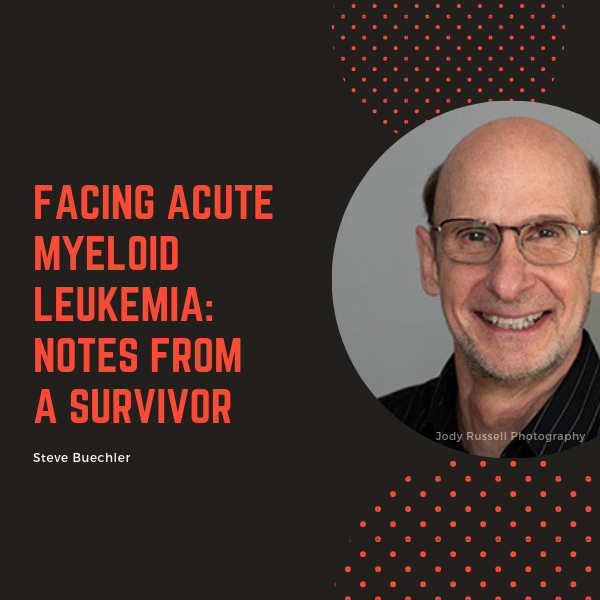Is Stem Cell Transplant the Only Curative Option for Myelofibrosis?
Is Stem Cell Transplant the Only Curative Option for Myelofibrosis? from Patient Empowerment Network on Vimeo.
Is there a cure for myelofibrosis? Dr. Lucia Masarova explains the role of stem cell transplant for the treatment of myelofibrosis and reviews additional therapies for patients who do not qualify for the procedure, such as JAK inhibitor therapy.
Dr. Lucia Masarova is an MPN Specialist and Assistant Professor in the Department of Leukemia at The University of Texas MD Anderson Cancer Center. Learn more about Dr. Masarova.
See More from Evolve Myelofibrosis
Related Resources:

|

Choosing a Myelofibrosis Treatment Plan | Key Questions to Ask |

|
Transcript:
Katherine Banwell:
Dr. Masarova, stem cell transplant is sometimes recommended for people with myelofibrosis. Is this still the closest option to cure for those patients?
Dr. Lucia Masarova:
I would say so, as much as we don’t like it. We would like to develop novel conservative, less aggressive, that we call procedures or drugs. Stem cell transplants still represent a long-term cure for patients that are eligible.
Katherine Banwell:
What about for patients who don’t qualify for stem cell transplant? What are effective long-term treatments for them?
Dr. Lucia Masarova:
That’s a very, very important question and topic. The key point here is the long-term because long-term is a little difficult term in conservative management of myeloproliferative neoplasm, particularly when it comes to myelofibrosis.
With the development of JAK inhibitors, the longest experiences we have with the first one called ruxolitinib or Jakafi, we have seen prolonged outcomes in survival so patients could live longer than expected before.
However, it’s not forever. So, that’s why we are trying to develop novel strategies where I see a lot of roles of combinations of JAK inhibitors and other correlative compounds, such as bromodomains inhibitors or hypomethylating agents or others that would affect the pathways that we are missing currently to cover with the JAK inhibition. And that ultimately leads to medication failures and patients being refractory and then having a shortened lifespan.
So, I’m hoping we will develop something for long-term. Particularly promising a very, very interesting concept is with the calreticulin where we are developing monoclonal antibodies or vaccines because we have seen and discovered calreticulin driver to be a targetable thing that causes immunogenicity.
But I do really hope that we will move forward with these discoveries and the JAK mutate or other drivers causing myeloproliferative neoplasms to offer long-term management.










